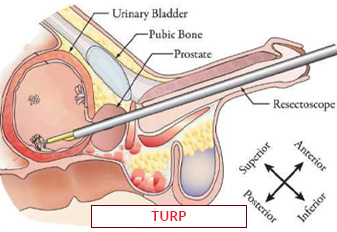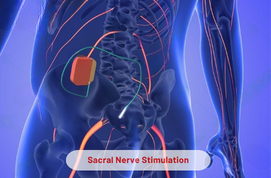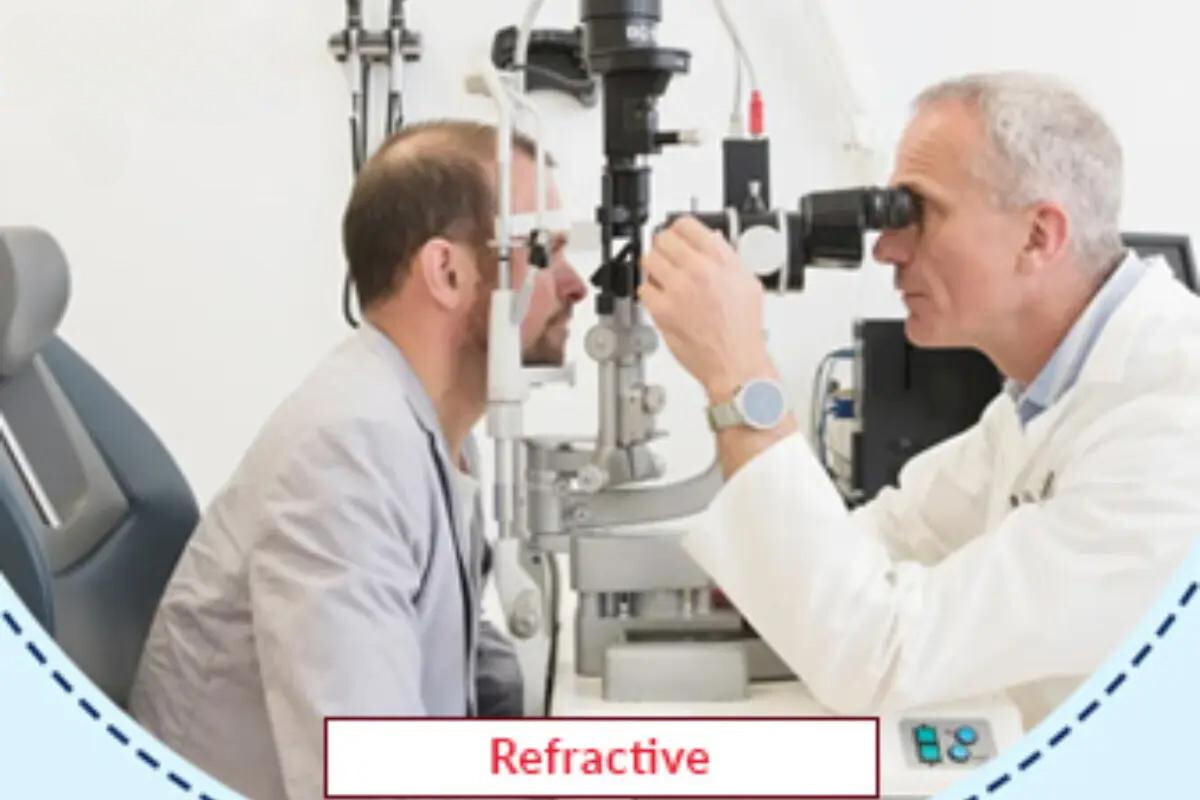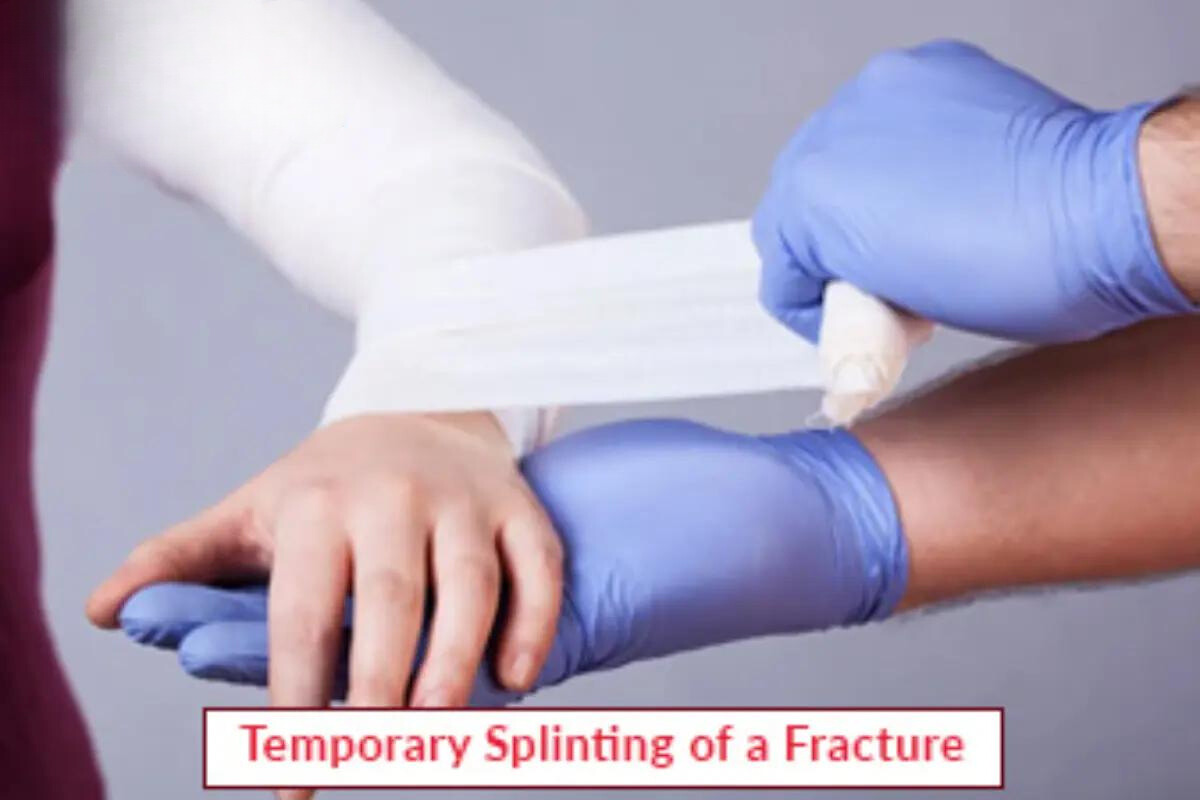Bentall is a type of cardiac surgery procedure, mainly associated with the heart. Millions of people are affected by heart diseases in the world, due to several factors. Some of the main causes for Bentall procedure are genetic disease, aortic dissection, aortic aneurysm, and aortic regurgitation.
Our heart is an important organ of the body, which purifies the blood and supplies it to other parts of the body. However, sometimes a rare kind of infection and genetic problems affect it and weaken the heart’s arteries. The aorta is a big artery that works to supply oxygen-rich blood to the body. When this artery is affected for some reason, then doctors suggest Bentall surgery treatment in order to improve heart health.
What is Bentall Surgery Procedure?
This is an open-heart surgery performed under the eye of cardiac surgeons and medical expert team, to repair the aortic valve. Bentall surgery could be planned and on an emergency basis, as per the patient’s condition. The problems with aortic valves can arise from various medical issues. One of the most common health issue is Marfan syndrome. It is a genetic disorder that affects a person’s connective tissue, including the tissues of aortic root and valve. This condition restricts the area of aortic valve and becomes the obstacle to its development it and also causes further health complications over time. Therefore, doctors need to operate on the heart to replace or repair the aortic valve.
Symptoms of Bentall Surgery
When a person’s aortic wall is affected due to infection or genetic disorder, it often doesn’t show sudden symptoms until the condition becomes serious. However, in some cases, an individual may experience symptoms, which are as follows.
- Shortness of Breath
- Chest Pain
- Irregular Pulse
- Discomfort and tightness in the chest
- Experiencing cold sweat and suffocation
- Weakness while performing physical activity
- Dizziness
- Body Pain
Bentall Diagnose Tests
Doctors prescribe the following test to detect the heart’s arteries. Then decide to perform the Bentall procedure. These tests are:
- Echocardiogram
- ECG
- Chest X-ray
- CT scanning
- MRI
Indications for Bentall Procedure
The following are the medical issues that found in the diagnostic tests, which indicate to go for Bentall surgery treatment:
- Aortic Dissection: A condition of tearing of the inner layer of the aorta artery.
- Marfan Syndrome: In this condition the wall of the aorta gets weakened.
- Aortic Aneurysm: It is a condition of the aorta is becoming enlarged.
- Aortic Regurgitation: This condition occurs while the aortic valve does not close properly.
Before Surgery Treatment
- Evaluation and Diagnosis: Before performing the surgery, it is required to do some tests like CT scans and blood tests to evaluate the patient’s overall condition.
- Preoperative Assessment: Doctors also evaluate the patient’s condition through comprehensive preoperative assessment, for checking the cardiovascular health, or any other coexisting medical problem. Through this they make a decision that the patient is suitable for a surgery or not.
- Treatment Preparation and Planning: On the basis of aortic complications, the healthcare team discussed treatment methods with the patient then proceeded for the determined treatment option.
- The Patient’s Education: The medical team who are going to be in the operation theater first informs the patient of all information regarding the process including potential risks, surgery benefits, and the recovery process. After that, they obtain informed consent from the patient.
Potential Risk While Bentall Surgery Process
Every surgery procedure involves some risk factors, as similar Bentall also includes a few potential risks, which are as follows:
- Lung and kidney-related problems
- Heart Attack
- Blood Clotting in the lungs and legs
- Abnormal heart rate
- Short-term memory loss
- Blurred Vision
- Infection
- Internal Bleeding
- Low cardiac output
Brief Overview of Bentall Surgery Process
- Anesthesia: The medical team or a nurse first gives anesthesia with the help of IVs to the patient, just to make sure that the patient stays unconscious throughout the surgery process and does not feel pain.
- Incision: After that, a surgeon who is leading the operation creates an incision in the chest to access the heart and aorta situation.
- Aortic Valve Removal: On reaching a certain point, the surgeon removed the affected or damaged aortic valve. Surgeons do this to discard the diseased and dysfunctional valve, which is causing the problem.
- Ascending Aorta Replacement: In this procedure, the weakened section of the ascending aorta is replaced to the synthetic graft to support the function of the heart.
- Aortic Valve Replacement: A prosthetic valve is joined to the graft to supplant the removed aortic valve, the valve might be biological and mechanical as well.
- Coronary Artery Reimplantation: If it is necessary, the coronary arteries are reimplanted into the graft just to make enough blood flow to the heart.
Post Bentall Surgery Process
- Postoperative Monitoring: After a 5 to 6-hour surgery process, the patient is transferred to the intensive care unit for close monitoring of vital signs, heart functioning, and overall observation.
- Pain Management: It is certain to experience pain and discomfort after surgery for the patient. Hence, nurses make sure to manage pain through medications and injections.
- Rehabilitation and Recovery: The patient gradually feels weakness due to post surgery effects and mechanical ventilation used in the process. Therefore, physical rehabilitation might be initiated to promote overall recovery.
- Hospital Stay: Hospital stay is necessary to ensure recovery and closely examine the overall condition.











